For angular velocity sensors, many people may be unfamiliar, but if you mention another name, the gyroscope, I believe many people know.
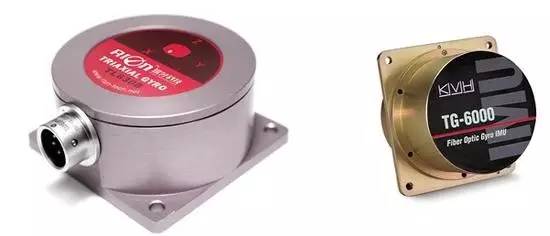
The gyroscope is a device used to sense and maintain the direction, based on the theory of angular momentum immortality. Once the gyroscope begins to rotate, the gyroscope has a tendency to resist the change of direction due to the angular momentum of the wheel.

In layman's terms, the direction of the axis of rotation of a rotating object does not change when it is not affected by external forces. If you play the gyro, you will know that when the rotating gyro encounters an external force, the direction of its axis will not change with the direction of the external force. We also use this principle to ride a bicycle. The faster the wheels turn, the less likely they are to fall because the axle has a level of strength.
According to this principle, people use it to maintain the direction, the thing that is manufactured is called the gyroscope, and then the direction indicated by the axis is read in various ways, and the data signal is automatically transmitted to the control system.
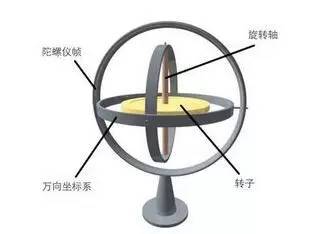
1. Gyro rotor (usually using synchronous motor, hysteresis motor, three-phase AC motor and other drag methods to make the gyro rotor rotate around the rotation axis at high speed, and see its speed is approximately constant).
2. Inner and outer frames (or inner and outer rings, which are structures that allow the gyro's rotation axis to obtain the desired angular rotational freedom).
3. Accessories (referring to torque motors, signal sensors, etc.).
Two important characteristics of the gyroscopeThe gyroscope has two very important basic characteristics: one is the fixed axis and the other is the precession. Both of these characteristics are based on the principle of conservation of angular momentum.
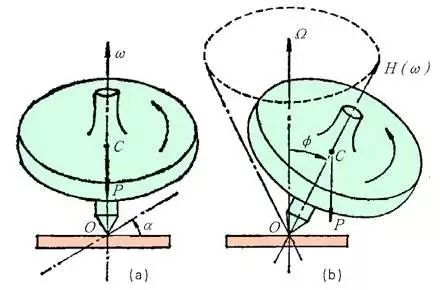
Axis
When the gyro rotor rotates at a high speed, when no external torque acts on the gyroscope, the orientation of the spinning axis of the gyroscope in the inertial space remains stable, that is, it points in a fixed direction; at the same time, it resists any change in the rotor axial direction. the power of. This physical phenomenon is called the singularity or stability of the gyroscope.
Its stability varies with the following physical quantities:
1. The greater the moment of inertia of the rotor, the better the stability;
2. The greater the angular velocity of the rotor, the better the stability.
The so-called "moment of inertia" is a physical quantity that describes the magnitude of the inertia of a rigid body in rotation. When the same torque is applied to two different rigid bodies rotating around a fixed axis, the angular velocities obtained by them are generally different. The angular velocity obtained by the rigid body with large moment of inertia is small, that is, the inertia of maintaining the original rotating state. On the contrary, the angular velocity obtained by the rigid body with small inertia is large, that is, the inertia of maintaining the original rotating state is small.
Precession
When the rotor rotates at a high speed, if an external moment acts on the outer ring shaft, the gyroscope will rotate around the inner ring axis; if an external moment acts on the inner ring shaft, the gyroscope will rotate around the outer ring axis. The direction of the angular velocity of rotation is perpendicular to the direction of action of the external moment. This characteristic is called the precession of the gyroscope.
The magnitude of precessibility has three factors:
1. The greater the external force, the greater the precession angular velocity;
2. The greater the moment of inertia of the rotor, the smaller the precession angular velocity;
3. The greater the angular velocity of the rotor, the smaller the precession angular velocity.
Gyro's past and presentThe gyroscope was invented by the French physicist Leon Foucault in 1850 to study the autobiography of the earth. It is similar to placing a high-speed rotating gyro on a gimbal, and calculating the angular velocity from the direction of the gyro. , and the current small chip shape is very different.
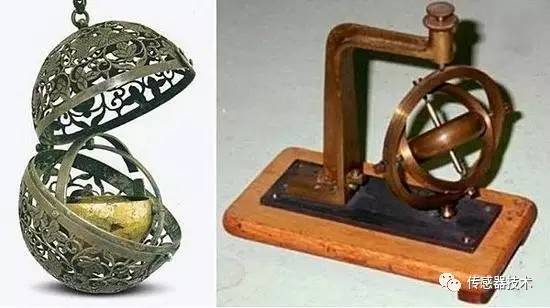
After the invention of the gyroscope, it was first used in navigation (the aircraft was not invented in the same year) and was later used in aviation. Because the plane flies in the air, it can't identify the direction with the naked eye like the ground, and the direction of the flight can't see the danger is extremely high, so the gyroscope is quickly applied and becomes the core of the flight instrument.
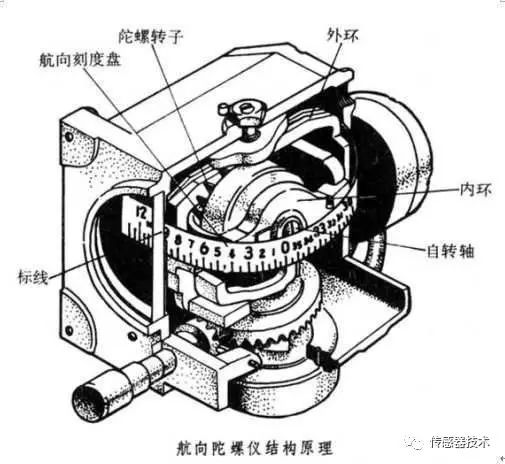
In the Second World War, all countries were fighting to create new weapons, and the Germans engaged in missiles to bomb the United Kingdom. This is the prototype of today's missiles. From Germany to the United Kingdom, how can thousands of miles fly so that the missile can fly, but also to the target? Thus, the Germans came up with an inertial guidance system. The inertial guidance system uses the gyroscope to determine the direction and angular velocity, the accelerometer to test the acceleration, and then through mathematical calculations, you can calculate the distance and route of the missile flight, and then control the flight attitude, and strive to let the missile fall to where you want to go. But at that time, the computer was good, the instrument was good, and the precision was not enough. So the German missiles were very biased. I wanted to blow up London. The result was that the bombs were everywhere, which made the British panic for a while.
However, since then, the inertial guidance system with the gyroscope as the core has been widely used in aerospace. Today, there are still such things in the missile, and with the stimulation of demand, the gyroscope is constantly evolving.
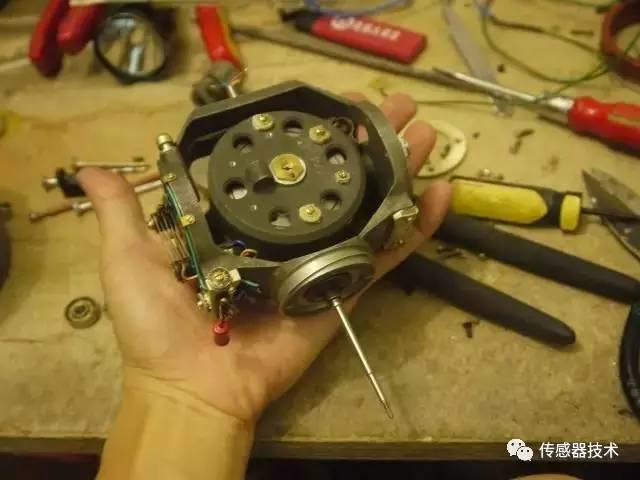
The traditional inertial gyro mainly refers to the mechanical gyroscope. The mechanical gyroscope has high requirements on the process structure and the structure is complex, and its precision is restricted by many aspects.
Since the 1970s, the development of modern gyroscopes has entered a new stage. In 1976, the basic idea of ​​modern fiber optic gyroscopes was proposed. After the 1980s, modern fiber optic gyroscopes developed very rapidly. At the same time, laser resonant gyroscopes have also developed greatly. Due to its compact structure, high sensitivity, reliable operation, etc., fiber optic gyroscopes have completely replaced mechanical traditional gyroscopes in many fields and become a key component in modern navigation instruments.
At the same time, the laser gyro also has a breakthrough. It measures the angular velocity of rotation by the optical path difference. The advantages are similar to those of the fiber optic gyroscope, but the cost is higher.

The gyroscopes we use on smartphones today are MEMS (micro-electromechanical) gyroscopes, which are not as accurate as the fiber optics and laser gyroscopes mentioned above. They need to refer to the data of other sensors to achieve the function, but their small size and power consumption. Low, easy to digitize and intelligent, especially low cost, easy to mass production, very suitable for mobile phones, car traction control systems, medical equipment, which require mass production.
Gyro classificationAccording to the degree of freedom of rotor rotation: two-degree-of-freedom gyroscope (also known as three-degree-of-freedom gyroscope) and single-degree-of-freedom gyroscope (also known as two-degree-of-freedom gyroscope). The former is used to determine the attitude angle of the aircraft, and the latter is used to determine the angular velocity of the attitude. Therefore, it is often called a single-degree-of-freedom gyroscope.
However, it is usually classified according to the support method used in the gyroscope:
Ball bearing free gyroscope
It is a classic gyroscope. The use of ball bearing support is the earliest and most widely used support method. The ball bearing is directly contacted, the friction torque is large, the accuracy of the gyroscope is not high, and the drift rate is several degrees per hour, but the work is reliable, and it has been used in the occasions where the precision is not high.
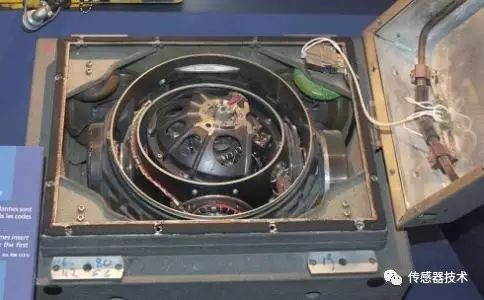
A free-rotor gyroscope (dual-degree-of-freedom gyroscope) measures two attitude angles by means of an inner ring shaft and an outer ring shaft angle sensing element.
Liquid floating gyroscope
Also known as the float gyro. The inner frame (inner ring) and the rotor form a sealed spherical or cylindrical float assembly. The rotor rotates at high speed within the float assembly, and floats between the float assembly and the housing to create the required buoyancy and damping. The buoyancy is equal to the weight of the float assembly, called the full float gyro; the float force is less than the weight of the float assembly is called the semi-floating gyro.
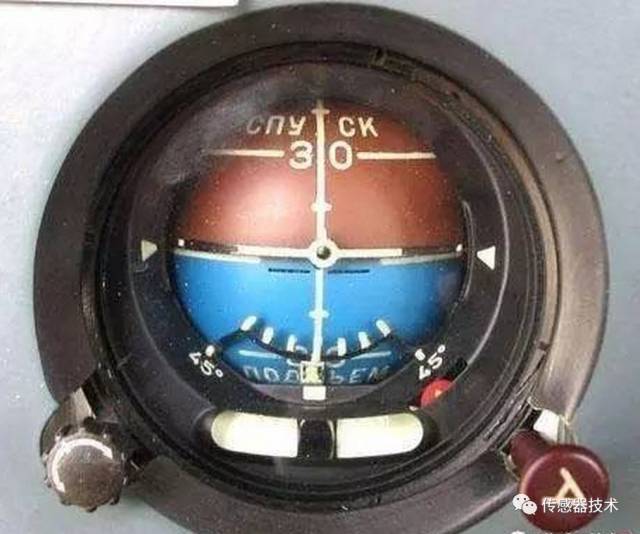
Due to the buoyancy support, the friction torque is reduced, and the accuracy of the gyroscope is high, but there is still friction due to the inability to locate. To compensate for this deficiency, magnetic levitation is usually added on the basis of liquid floating, that is, the weight of the float assembly is assumed by the floating liquid, and the thrust formed by the magnetic field suspends the float assembly at the center position.
The modern high-precision single-degree-of-freedom liquid-floating gyro is often a three-floating gyroscope used for liquid floating, magnetic floating and dynamic pressure air floating. This kind of gyroscope has higher precision than the ball bearing gyroscope, and the drift rate is 0.01 degrees/hour. However, the liquid floating gyro requires high processing precision, strict assembly, and precise temperature control, so the cost is high.
Electrostatic gyroscope
Also known as electric floating gyro. A uniformly distributed high-voltage electrode is arranged around the metal spherical hollow rotor to form an electrostatic field to the rotor, and the high-speed rotating rotor is supported by electrostatic force. This method belongs to the spherical support, and the rotor can rotate not only around the rotation axis but also in any direction perpendicular to the rotation axis, so it is a free rotor gyroscope type.
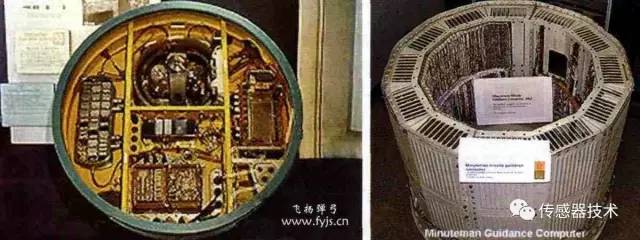
The electrostatic field has only suction, and the closer the rotor is to the electrode, the greater the suction force, which makes the rotor unstable. The rotor is held in a central position by varying the force applied to the rotor with a set of support circuits. The electrostatic gyroscope is non-contact and has no friction, so the accuracy is high and the drift rate is as low as 10 to 10 degrees per hour. It cannot withstand large shocks and vibrations. Its disadvantage is that the structure and manufacturing process are complicated and the cost is high.
Flexible gyroscope
A gyroscope with a rotor mounted on a resilient support. A widely used flexible gyro is a power-tuned flexible gyroscope. It consists of an inner flexible rod, an outer flexible rod, a balance ring, a rotor, a drive shaft and a motor.
It balances the elastic moment generated by the support of the flexible rod by the dynamic reaction torque (gyro moment) generated by the balance ring torsion movement, so that the rotor becomes an unconstrained free rotor. This balance is tuning.

The flexible gyroscope is an inertial component that was rapidly developed in the 1960s. It is widely used in aircraft and missiles due to its simple structure, high precision (similar to liquid floating gyro) and low cost.
Laser gyro
Its structural principle is completely different from the above several gyroscopes. A laser gyro is actually a ring-shaped laser that does not have a mechanical rotor that rotates at a high speed, but it uses laser technology to measure the angular velocity of an object relative to the inertial space, and has the function of a rate gyro.
The structure and operation of the laser gyro is: a triangular cavity is made of a material having a very small coefficient of thermal expansion. Three mirrors are mounted at each vertex of the cavity to form a closed optical path. The chamber is evacuated, filled with helium, and equipped with electrodes to form a laser generator.
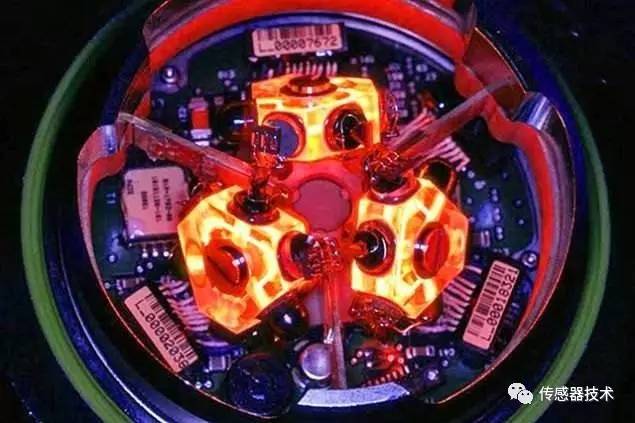
The laser generator produces two beams that are directed at the opposite laser. When the ring laser is at rest, the two lasers have the same optical path around one turn, so the frequency is the same, the difference between the two frequencies (frequency difference) is zero, and the interference fringes are zero.
When the ring laser rotates about an axis perpendicular to the plane of the closed optical path, the optical path of the beam in accordance with the direction of rotation is extended, the wavelength is increased, the frequency is decreased, and the other beam is opposite, so that a frequency difference occurs, and interference fringes are formed.
The number of interference fringes per unit time is proportional to the angular velocity of rotation. The drift rate of the laser gyro is as low as 0.1 to 0.01 degrees/hour, the reliability is high, and it is not affected by the linear acceleration. It has been applied in the inertial navigation of the aircraft, and it is a promising new gyroscope.
MEMS gyroscope
That is, silicon MEMS gyroscopes, the vast majority of MEMS gyroscopes rely on alternating Coriolis forces caused by mutually orthogonal vibrations and rotations. MEMS (Micro-Electro-Mechanical Systems) refers to a complete micro-electromechanical system that integrates mechanical elements, micro-sensors, micro-actuators, and signal processing and control circuits, interface circuits, communications, and power supplies.
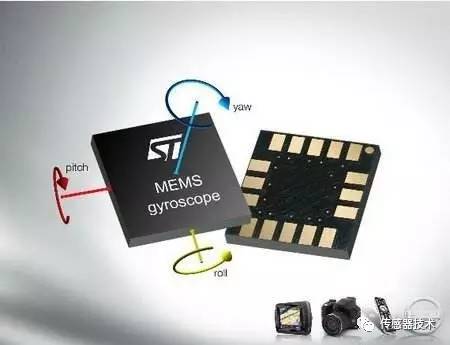
The MEMS gyroscope uses the coriolis theorem to convert the angular velocity of a rotating object into a DC voltage signal proportional to the angular velocity. The core components are mass-produced by doping, lithography, etching, LIGA, and packaging techniques.
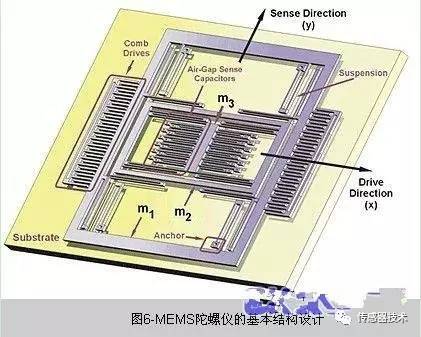
Its main features:
1, small size, light weight, its side length is less than 1mm, the weight of the device core is only 1.2mg.
2. Low cost.
3, good reliability, working life of more than 100,000 hours, can withstand the impact of 1000g.
4. The measuring range is large.
More than a hundred years ago, Leon Foucault invented the gyroscope for scientific research. Today, this little thing has changed our lives. The gyro instrument can be used not only as an indicator, but more importantly as a sensitive component in an automatic control system, as a signal sensor.
Gyro instruments can provide accurate signals such as azimuth, level, position, velocity and acceleration, as needed, so that the driver or the autopilot can be used to control aircraft, ships or space shuttles to fly on a certain route. In the guidance of navigation vehicles such as satellite carriers or space-detecting rockets, these signals are directly used to complete the attitude control and orbit control of the vehicle.
As a stabilizer, the gyro instrument enables the train to travel on a single track, which can reduce the sway of the ship in the wind and waves, and can stabilize the camera mounted on the aircraft or satellite relative to the ground.
As a precision test instrument, gyroscopes provide accurate azimuth references for surface facilities, mine tunnels, underground railways, oil drilling, and missile silos.
Without it, there would be no planes, no rockets, no modern life, and this was probably not invented by his inventors. A small gyroscope makes our world a better place.
In the following content, we will learn more about the performance of gyroscopes in national life applications.
The JUK universal Screw Terminal Block series has the typical features which are decisive for practical applications:
l The universal foot allows the terminal blocks to be easily snapped onto the NS35 or NS32 DIN Rail with G shape.
l Closed screw guide holes ensure screwdriver operation perfect.
l For terminal block with different wire cross-sectional areas, complete accessories are available, such as end plates, partition plates, etc.
l Potential distribution achieved by fixed bridges in the terminal center or insertion bridges in the clamping space.
l Same shape and pitch Grounding Terminal Blocks as the JUK universal series.
l Adopt ZB marker strip system,achieve unified identification.
Electric Screw Terminal,Screw Type Terminal Blocks,Screw Type Terminal Blocks Din Rail,Nylon Screw Terminal Block
Wonke Electric CO.,Ltd. , https://www.wkdq-electric.com